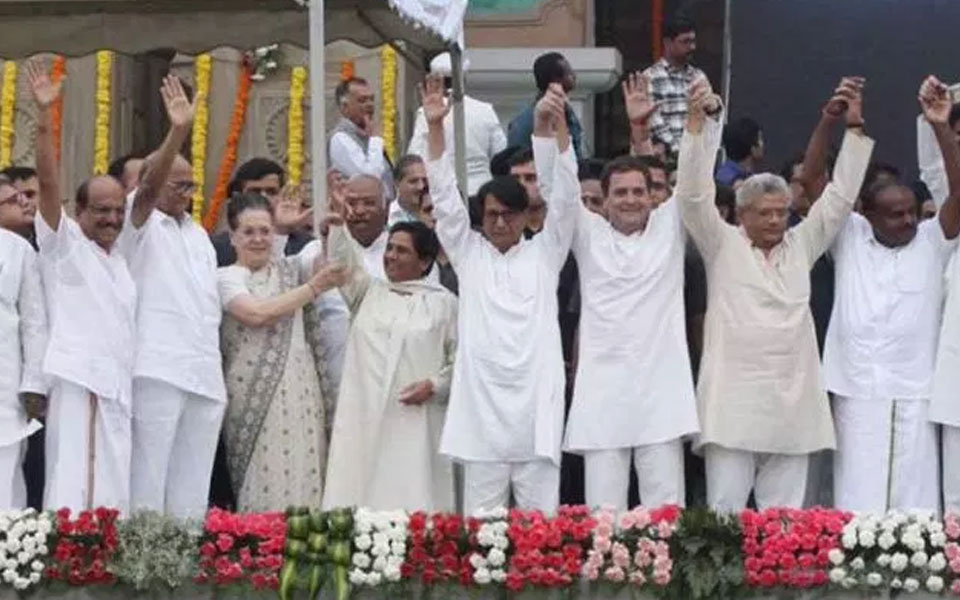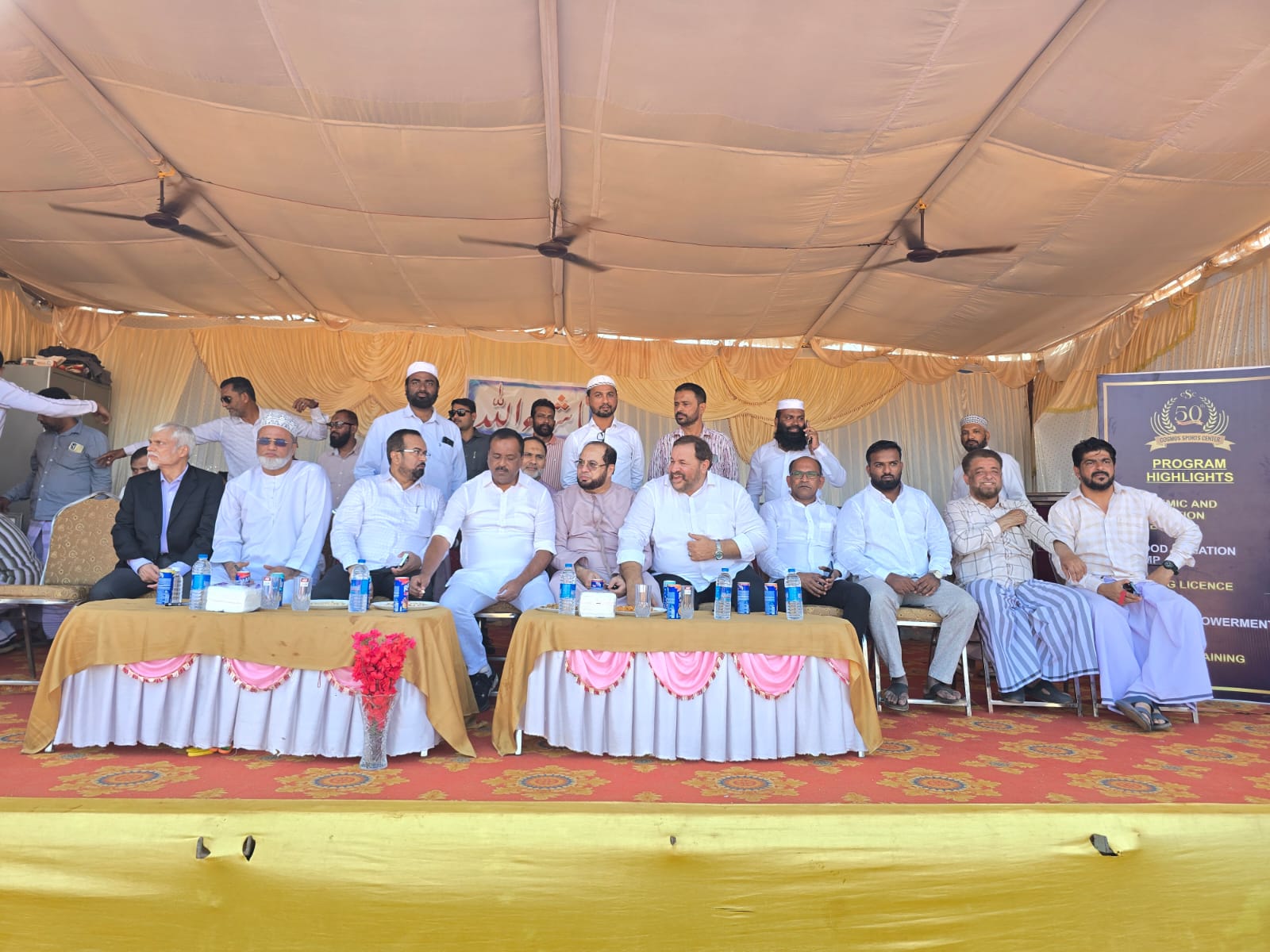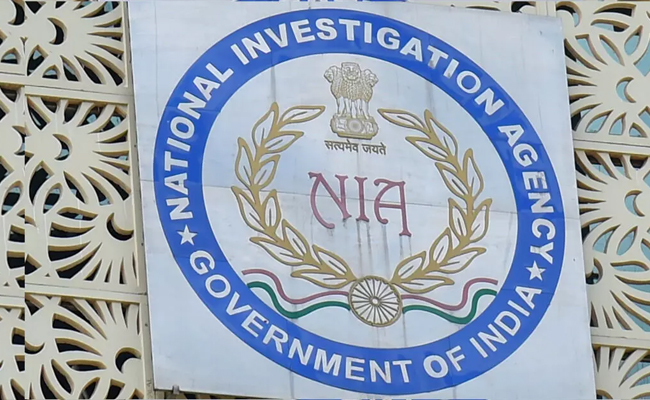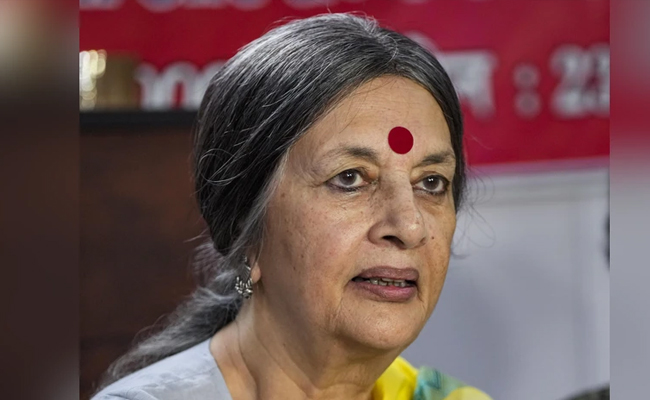A very intense discussion is going on in the corridors of politics on whether defeating the communal BJP is possible during the most crucial 2019 Lok Sabha elections. A close look may reveal defeating BJP is not even any easier. At the same time, it is not a herculean challenge too. BJP has not fulfilled many promises it had made to the public in the run up to the elections. People have suffered through GST and demonetization processes. But at the outset, Modi’s charm has not waned with time or challenges. People still place their trust on him.
But some awakening seems to have happened among the opposition parties, with less than a year to go for the Lok Sabha polls. The anti-BJP parties now know if they do not unite, they can never stop the BJP juggernaut. However, the saving grace is also the fact that the bypolls in UP show anti-BJP parties can come together to defeat BJP. SP and BSP came together in the Uttar Pradesh to fight the bypolls and won against BJP candidates.
And when the new CM representing the JD(S) and Congress coalition took oath, anti-BJP parties came together in Bengaluru starting from Trinamool Congress to Marxist Communist party to send out a strong message. They put up a united front. Along with regional parties, even Congress took part in this display of solidarity.
Though BJP President Amit Shah and Prime Minister Narendra Modi come refer to ‘Congress-mukt’ Bharat, their main aim is to achieve a democracy-mukt Bharat and opposition parties-mukt Bharat. They want a free run, and do not like anybody questioning them. Hence, Congress is not their sole aim but they want to wipe off regional parties from the map of India as well. They snatched power from the hands of CPM in Tripura, the illegal means by which they formed a government in Goa, their attempts to kill Dravida parties in Tamil Nadu, and their unrelenting efforts to finish off regional parties in other parts of the nation show their eagerness to achieve their goal. Amit Shah and Modi are supported by RSS. Sangh Parivar believes both of them can deliver the dream nation Parivar wants to build. Corporates too love the duo because they protect the interest of private sector. They would love to see Modi continue in the same position.
Hence, the upcoming Lok Sabha elections are very crucial. The opposition parties need to lock this sturdy unchallenged horse in the stable. Congress alone cannot do this, and even the party knows it well. That’s the reason Congress reached out to offer support to JD(S) to form government when the party didn’t get a majority in the Karnataka elections. The talks between Cong high-command and JD(S) Supremo Devegowda bore fruits. When the new government came into existence, the leaders ensured it sent a larger message to BJP than just a swearing in ceremony of anti-BJP government. The split in opposition parties is the main reason for BJP’s victory in many places. In UP, BSP and SP contesting separately, ensured a total of 73 seats for them. Had they contested together, the parties probably wouldn’t have been able to achieve this is something they know from the bypolls conducted for 2 seats in that state. BJP and Shiv Sena together had entered coalition in Maharashtra and won 48 Lok Sabha seats with BJP winning 23 and Shiv Sena clinching 18 seats.
Congress and Sharad Pawar’s NCP had contested separately for this elections. But if the anti-BJP parties come together, the challenge for BJP will only get bigger and a lot more complicated. Last time Telugu Desam had joined hands with BJP in Andhra and now both have split ways. There are chances of left parties entering into an agreement with Andhra in the upcoming elections, making BJP’s prize run a bit tougher. Yet, the solidarity of anti-BJP parties is laden with challenges too. They are not together in total understanding and solidarity. Communist and Congress parties are major opponents of BJP in Kerala. Trinamool Congress and CPM pose solid challenge to BJP in West Bengal. Congress has adopted soft approach towards regional parties in Karnataka, and this has to continue till the parties face 2019 elections. All these provisions have to be made for 2019 Lok Sabha elections to put up a strong front against BJP. They need to come together under common programme to defeat BJP in 2019 elections.
Let the Truth be known. If you read VB and like VB, please be a VB Supporter and Help us deliver the Truth to one and all.
Mumbai (PTI): In view of Argentine superstar footballer Lionel Messi's visit to Mumbai on Sunday, the city police are implementing stringent security measures, like not allowing water bottles, metals, coins inside the stadiums and setting up watchtowers to keep an eye on the crowd, officials said.
The police also said taking extra care to avoid any stampede-like situation and to prevent recurrence of the chaotic situation that unfolded in Kolkata during Messi's visit on Saturday as thousands of fans protested inside the Salt Lake stadium here after failing to catch a clear glimpse of the football icon despite paying hefty sums for tickets.
Messi is expected to be present at the Cricket Club of India (Brabourne Stadium) in Mumbai on Sunday for a Padel GOAT Cup event followed by attending a celebrity football match. He is expected to proceed to the Wankhede Stadium for the GOAT India Tour main event around 5 pm.
"In view of Lionel Messi's visit to Mumbai, the police are geared up and have put in place a high level of security arrangements in and around the stadiums located in south Mumbai. Considering the chaos that prevailed in Kolkata and the security breach, we have deployed World Cup-level security arrangements at Brabourne and Wankhede stadiums," an official said.
Expecting heavy crowd near the stadiums during Messi's visit, the city police force has deployed more than 2,000 of its personnel near and around both the venues, he said.
As the Mumbai police have the experience of security 'bandobast' during the victory parade of ICC World Cup-winning Indian team and World Cup final match at the Wankhede Stadium, in which over one lakh cricket fans had gathered, we are prepared to handle a large crowd of fans, he said.
"We are trying to avoid the errors that occurred in the past," the official said.
There is no place to sneak inside the stadiums in Mumbai like the Kolkata stadium, according to him.
The police are also asking the organisers to provide all the required facilities to the fans inside the stadium, so that there will be no chaos, he said, adding the spectators have purchased tickets in the range of Rs 5,000 to 25,000. After paying so much of amount, any spectator expects proper services, while enjoying the event, he said.
The police are expecting 33,000 spectators at the Wankhede Stadium and over 4,000 at Brabourne Stadium. Besides this, more than 30,000 people are expected outside and around the stadiums just to have a glimpse of the football sensation, he said.
The organisers responsible for Messi's India visit recently came to Mumbai to discuss security arrangements. During the meeting, the Mumbai police asked them not to take the event lightly, according to the official.
After those requirements were fulfilled, the final security deployment was chalked out, he said.
Police has the standard procedure of the security arrangements inside the Wankhede Stadium, where people are barred from taking water bottles, metals objects, coins. Police are setting up watch towers near the stadiums and there will be traffic diversions, so that there is maximum space available to stand, according to the official.
Police are also appealing to the spectators to use public transport service for commuting and avoid personal vehicles to reach south Mumbai.
To avoid any stampede-like situation, police are also taking precautionary measures and will stop the fans some distance ahead of the stadium and public announcement systems will be used to guide the crowd. Barricades will be placed at various places to manage the crowd.
In case the crowd swells up beyond expectation, the police will divert people to other grounds and preparations in this regard underway, he said.
Additional police force has been deployed in south Mumbai to tackle any kind of situation, he said.





